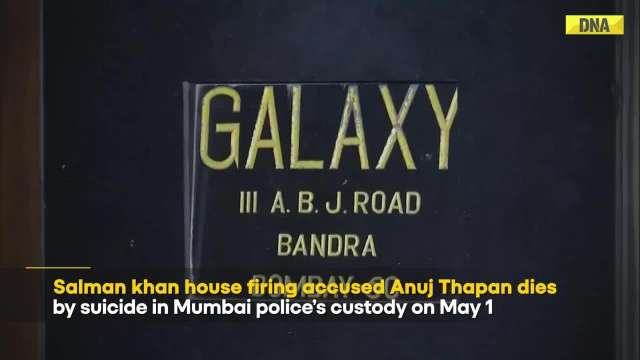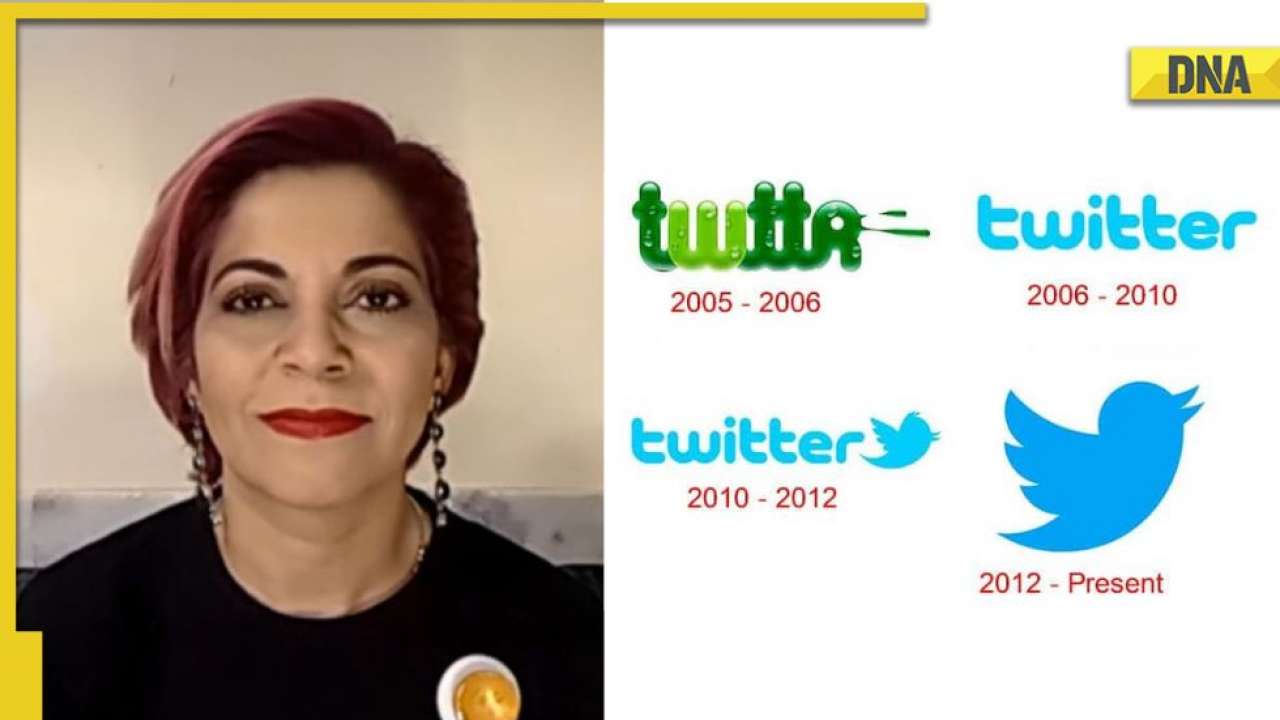Astronomers using the Gemini North telescope in Hawaii have identified the black hole nearest to Earth, and given it the moniker Gaia BH1.
Astronomers discover nearest ‘black hole’ to Earth, located only 1,600 light years away
Astronomers using the NOIRLab of the NSF's International Gemini Observatory have discovered the black hole closest to Earth. For the first time, the existence of a stellar-mass black hole in a state of inactivity has been established inside the Milky Way. With barely 1600 light-years separating it from Earth, it presents an intriguing opportunity to learn more about how binary systems form.
Black holes are the most extreme objects in the cosmos. The supermassive counterparts of these incomprehensibly dense objects are likely located at the centres of all very large galaxies.
Black holes of stellar masses are far more common, and it is predicted that the Milky Way is home to 100 million of them. These black holes are five to one hundred times as massive as the Sun. A very limited number of "active" black holes have been verified so far, in contrast to the many more "dormant" black holes that have not been discovered yet because they do not flash intensely in X-rays when they devour stuff from a nearby star partner.
Gaia BH1 is the designation given to the nearest black hole to Earth by astronomers using the Gemini North telescope in Hawaii, one of the twin telescopes of the International Gemini Observatory managed by the National Science Foundation's NOIRLab.
The previous record holder was an X-ray pair in the constellation Monoceros, but this new object is three times closer to Earth. This sleeping black hole in the constellation Ophiuchus is around 1600 light-years distant and is roughly 10 times as massive as our Sun. To get to this conclusion, scientists had to conduct painstaking investigations of the black hole's companion, a Sun-like star that circles it at about the same distance that the Earth orbits the Sun.
"Take the Solar System, put a black hole where the Sun is, and the Sun where the Earth is, and you get this system," explained Kareem El-Badry, an astrophysicist at the Center for Astrophysics | Harvard & Smithsonian and the Max Planck Institute for Astronomy, and the lead author of the paper describing this discovery.
Despite the fact that there are likely millions of stellar-mass black holes wandering the Milky Way, the ones that have been detected were disclosed by their energising interactions with a partner star. X-rays and material jets are emitted when superheated material from a nearby star falls into a black hole. Dormant black holes (those that aren't actively consuming matter) just absorb the space around them.
The researchers began by looking at data from the European Space Agency's Gaia satellite to establish whether or not a black hole may exist in the system. Gaia observed the very small changes in the star's velocity caused by a massive, unseen object.
Gemini North's Gemini Multi-Object Spectrograph was utilised by El-Badry and his colleagues to conduct an in-depth analysis of the system. This instrument precisely measured the companion star's velocity as it orbited the black hole, thus establishing the orbital period. The Gemini follow-up observations were crucial in constraining the orbital velocity and, hence, the masses of the two components in the binary system, allowing the scientists to identify the central body as a black hole about 10 times as big as our Sun.
The team depended on Gemini North's superb observing capabilities and on Gemini's ability to send data on short notice since they had a brief window in which to perform their follow-up observations.
Astronomers' existing understanding of the development of binary systems struggles to account for the peculiar configuration of the Gaia BH1 system. The newly detected black hole would have had a progenitor star with a mass at least 20 times that of the Sun.
Also, READ: Astronomers spot ghostly images of star that 'died' 11,000 years ago
Only a few million years would have passed in its brief existence. If both stars had formed at the same time, the larger one would have expanded rapidly into a supergiant, devouring the smaller one before the latter could mature into a main-sequence star that burns hydrogen like our Sun.
Despite what the findings of the black hole pair suggest, it is unclear how the solar-mass star could have survived that period and emerged as a seemingly normal star. The solar-mass star is expected to have a far closer orbit than what is actually seen, according to theoretical models that do allow for life.
This reveals the presence of an as-yet-unexplored population of latent black holes in binaries, and may also imply that we have significant knowledge gaps regarding the formation and evolution of black holes in binary systems.
(With inputs from ANI)
 MS Dhoni should join us in our commentary box after this game, he has lost cricket: Matthew Hayden
MS Dhoni should join us in our commentary box after this game, he has lost cricket: Matthew Hayden Sunrisers Hyderabad vs Gujarat Titans IPL 2025 LIVE Streaming Details: When and where to watch SRH vs GT match 19 live on TV, online?
Sunrisers Hyderabad vs Gujarat Titans IPL 2025 LIVE Streaming Details: When and where to watch SRH vs GT match 19 live on TV, online? Meet IFS officer, worked as economist in Africa, served as country economist in London, later cracked UPSC CSE with AIR...
Meet IFS officer, worked as economist in Africa, served as country economist in London, later cracked UPSC CSE with AIR... Sikander Kher says he has two fathers but none of them were present in his life, one is Anupam Kher, who is the other one?
Sikander Kher says he has two fathers but none of them were present in his life, one is Anupam Kher, who is the other one? Born rich to self-made: Meet world’s youngest billionaires of 2025
Born rich to self-made: Meet world’s youngest billionaires of 2025 MS Dhoni vs Rishabh Pant: Who has hit longest six in international cricket?
MS Dhoni vs Rishabh Pant: Who has hit longest six in international cricket? 8 unique discoveries shared by NASA James Webb Space Telescope
8 unique discoveries shared by NASA James Webb Space Telescope Does laser hair reduction cause cancer? Here's what experts opine
Does laser hair reduction cause cancer? Here's what experts opine Mahindra Thar vs Lamborghini: Which car has a better top speed?
Mahindra Thar vs Lamborghini: Which car has a better top speed?  Shah Rukh Khan, Salman Khan, Ranbir Kapoor, Alia Bhatt: AI imagines Bollywood stars as babies
Shah Rukh Khan, Salman Khan, Ranbir Kapoor, Alia Bhatt: AI imagines Bollywood stars as babies दिल्ली में लागू हुई आयुष्मान भारत योजना, रजिस्ट्रेशन कब और किन्हें मिलेगा फायदा, 5 पाइंट्स में जानें सारी जानकारी
दिल्ली में लागू हुई आयुष्मान भारत योजना, रजिस्ट्रेशन कब और किन्हें मिलेगा फायदा, 5 पाइंट्स में जानें सारी जानकारी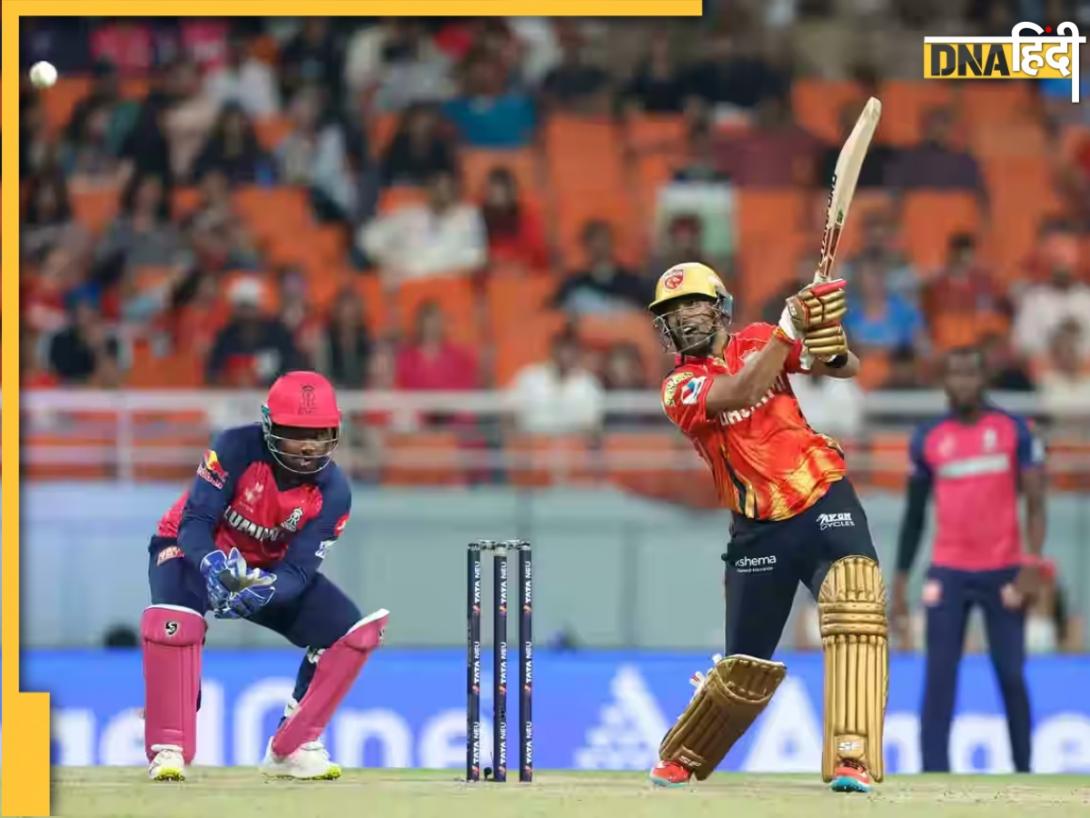 PBKS vs RR: राजस्थान रॉयल्स की जीत में चमके ये 5 खिलाड़ी, पंजाब किंग्स को घर पर दी पटखनी
PBKS vs RR: राजस्थान रॉयल्स की जीत में चमके ये 5 खिलाड़ी, पंजाब किंग्स को घर पर दी पटखनी Shocking News: मॉल में सुसाइड करने से एक बार रोका, दोबारा लगाई चौथे फ्लोर से जंप, मोहाली में 17 साल के किशोर की दर्दनाक मौत
Shocking News: मॉल में सुसाइड करने से एक बार रोका, दोबारा लगाई चौथे फ्लोर से जंप, मोहाली में 17 साल के किशोर की दर्दनाक मौत ओला ड्राइवर ने प्रेग्नेंट महिला को कहा-'पेट में लात मार कर बच्चा गिरा दूंगा', औरत ने चालक से की थी ये डिमांड
ओला ड्राइवर ने प्रेग्नेंट महिला को कहा-'पेट में लात मार कर बच्चा गिरा दूंगा', औरत ने चालक से की थी ये डिमांड अमेरिका के पूर्व राष्ट्रपति बराक ओबामा ने पत्नी मिशेल के साथ तलाक को लेकर खोले राज, कहा- 'गहरे कर्ज में'
अमेरिका के पूर्व राष्ट्रपति बराक ओबामा ने पत्नी मिशेल के साथ तलाक को लेकर खोले राज, कहा- 'गहरे कर्ज में' MS Dhoni should join us in our commentary box after this game, he has lost cricket: Matthew Hayden
MS Dhoni should join us in our commentary box after this game, he has lost cricket: Matthew Hayden Sunrisers Hyderabad vs Gujarat Titans IPL 2025 LIVE Streaming Details: When and where to watch SRH vs GT match 19 live on TV, online?
Sunrisers Hyderabad vs Gujarat Titans IPL 2025 LIVE Streaming Details: When and where to watch SRH vs GT match 19 live on TV, online?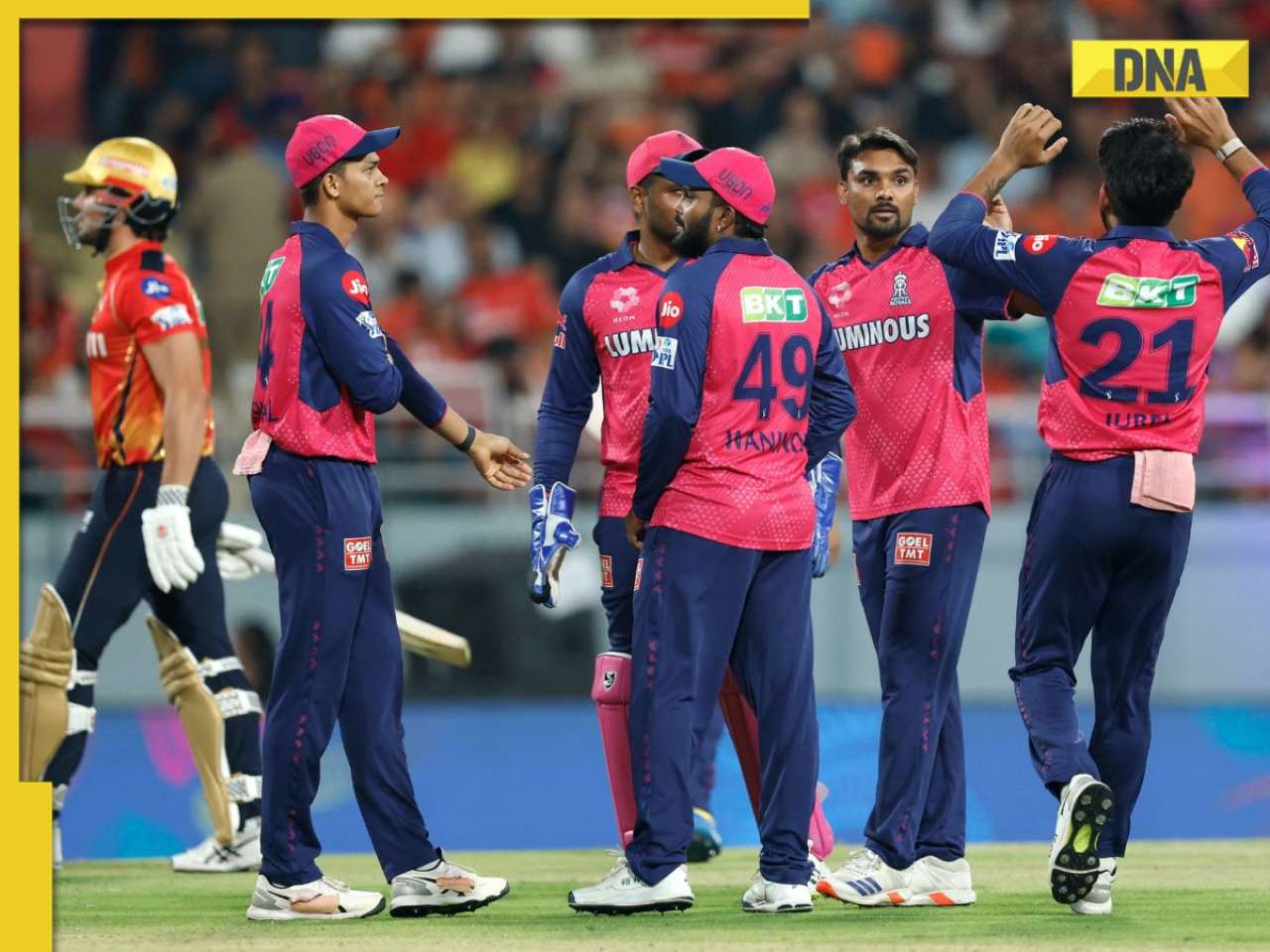 PBKS vs RR, IPL 2025: Yashasvi Jaiswal, Jofra Archer shine as Rajasthan Royals end Punjab Kings unbeaten streak, win by 50 runs
PBKS vs RR, IPL 2025: Yashasvi Jaiswal, Jofra Archer shine as Rajasthan Royals end Punjab Kings unbeaten streak, win by 50 runs SRH vs GT IPL 2025 Dream11 prediction: Fantasy cricket tips, probable playing XIs, team news, injury updates for Sunrisers Hyderabad vs Gujarat Titans
SRH vs GT IPL 2025 Dream11 prediction: Fantasy cricket tips, probable playing XIs, team news, injury updates for Sunrisers Hyderabad vs Gujarat Titans IPL 2025 Points Table, Orange and Purple Cap list after Delhi Capitals beat Chennai Super Kings by 25 runs
IPL 2025 Points Table, Orange and Purple Cap list after Delhi Capitals beat Chennai Super Kings by 25 runs Waqf Bill: Chirag Paswan Calls It Pro-Poor As Lok Sabha Passes Amendment
Waqf Bill: Chirag Paswan Calls It Pro-Poor As Lok Sabha Passes Amendment Jamnagar Jet Crash: Indian Air Airforce Issues Statement After One Pilot Dies In Fatal Plane Crash
Jamnagar Jet Crash: Indian Air Airforce Issues Statement After One Pilot Dies In Fatal Plane Crash Manoj Kumar Death: Legendary Actor-Director 'Bharat Kumar' Passes Away At 87 In Mumbai
Manoj Kumar Death: Legendary Actor-Director 'Bharat Kumar' Passes Away At 87 In Mumbai Trump Tariffs: US President Hits India With 26% 'Discounted Reciprocal Tariff', Check The Full List
Trump Tariffs: US President Hits India With 26% 'Discounted Reciprocal Tariff', Check The Full List Ghibli Art: How To Create AI Generated 'Ghibli Style' Navratri Wishes For Free Using ChatGPT?
Ghibli Art: How To Create AI Generated 'Ghibli Style' Navratri Wishes For Free Using ChatGPT? Born rich to self-made: Meet world’s youngest billionaires of 2025
Born rich to self-made: Meet world’s youngest billionaires of 2025 The chocolate company which makes Nutella, Ferrero Rocher and Kinder, is the 2nd largest, so which is the number one company and what does it make
The chocolate company which makes Nutella, Ferrero Rocher and Kinder, is the 2nd largest, so which is the number one company and what does it make Meet man who once worked as auto driver, later started masala soda company, now owns one of world’s most luxurious cars, he is...
Meet man who once worked as auto driver, later started masala soda company, now owns one of world’s most luxurious cars, he is...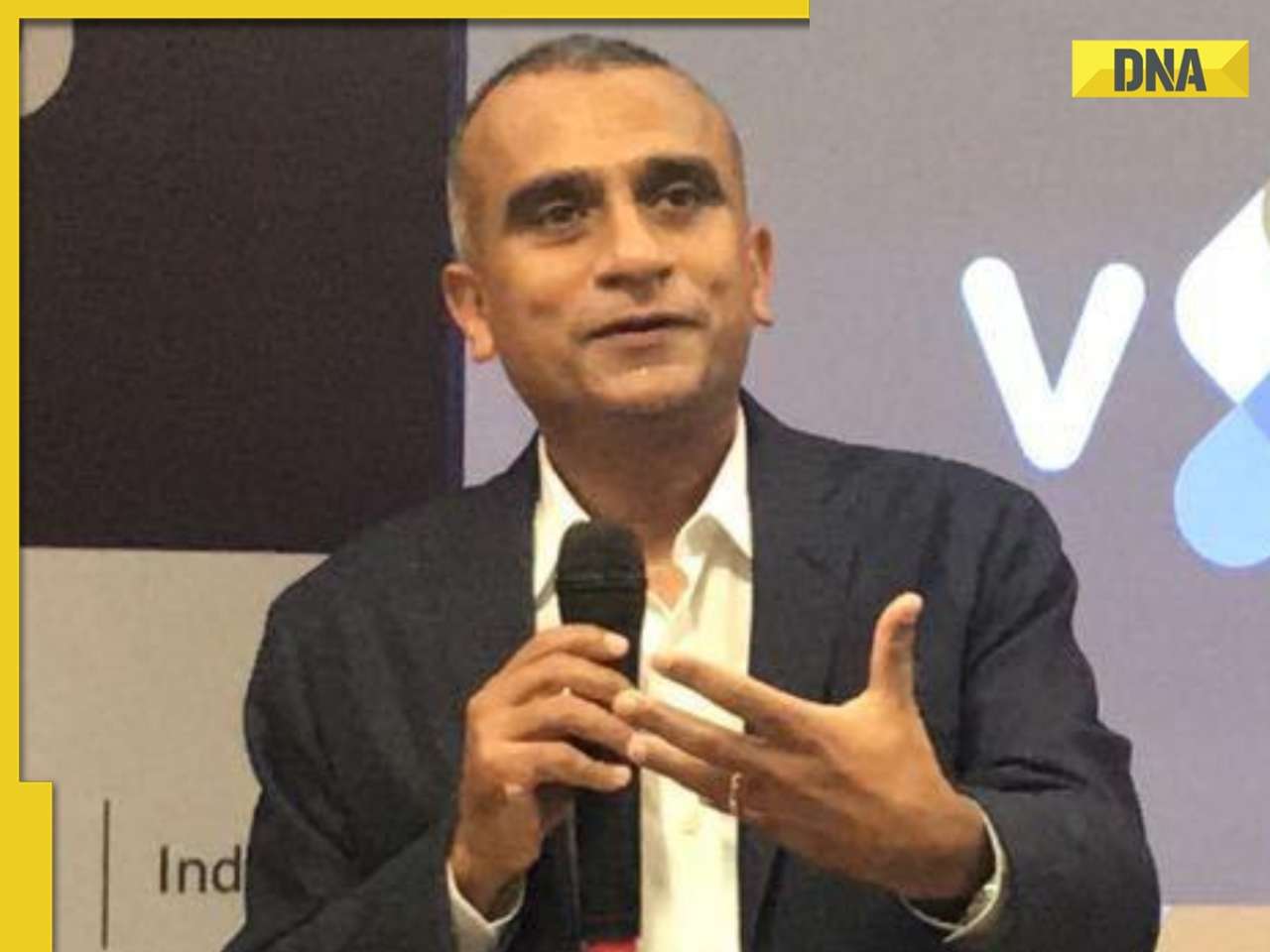 Meet man, IIM alumnus who is set to lead Rs 147000 crore company that makes Fevicol, he is...
Meet man, IIM alumnus who is set to lead Rs 147000 crore company that makes Fevicol, he is... Tata Capital's BIG move, files papers at SEBI for mega Rs 150000000000 IPO; Check details here
Tata Capital's BIG move, files papers at SEBI for mega Rs 150000000000 IPO; Check details here From R Ashwin to Tilak Varma: Players who have retired out in T20 cricket
From R Ashwin to Tilak Varma: Players who have retired out in T20 cricket Shweta Tiwari vs Jennifer Winget: Who has done more TV shows?
Shweta Tiwari vs Jennifer Winget: Who has done more TV shows? This child artiste with Vimi was abandoned by father at 5, she became a star at 15, got pregnant with married superstar, left with Rs 60, now..
This child artiste with Vimi was abandoned by father at 5, she became a star at 15, got pregnant with married superstar, left with Rs 60, now.. Anant Ambani's fitness trainer reveals 4 ways to lose weight easily
Anant Ambani's fitness trainer reveals 4 ways to lose weight easily Meet Queen Trishikha Kumari Wadiyar, who broke 400-year curse of Mysuru royal family
Meet Queen Trishikha Kumari Wadiyar, who broke 400-year curse of Mysuru royal family Woman, 27, dies by suicide, leaves behind suicide note: 'Chhodna mat usko'
Woman, 27, dies by suicide, leaves behind suicide note: 'Chhodna mat usko' 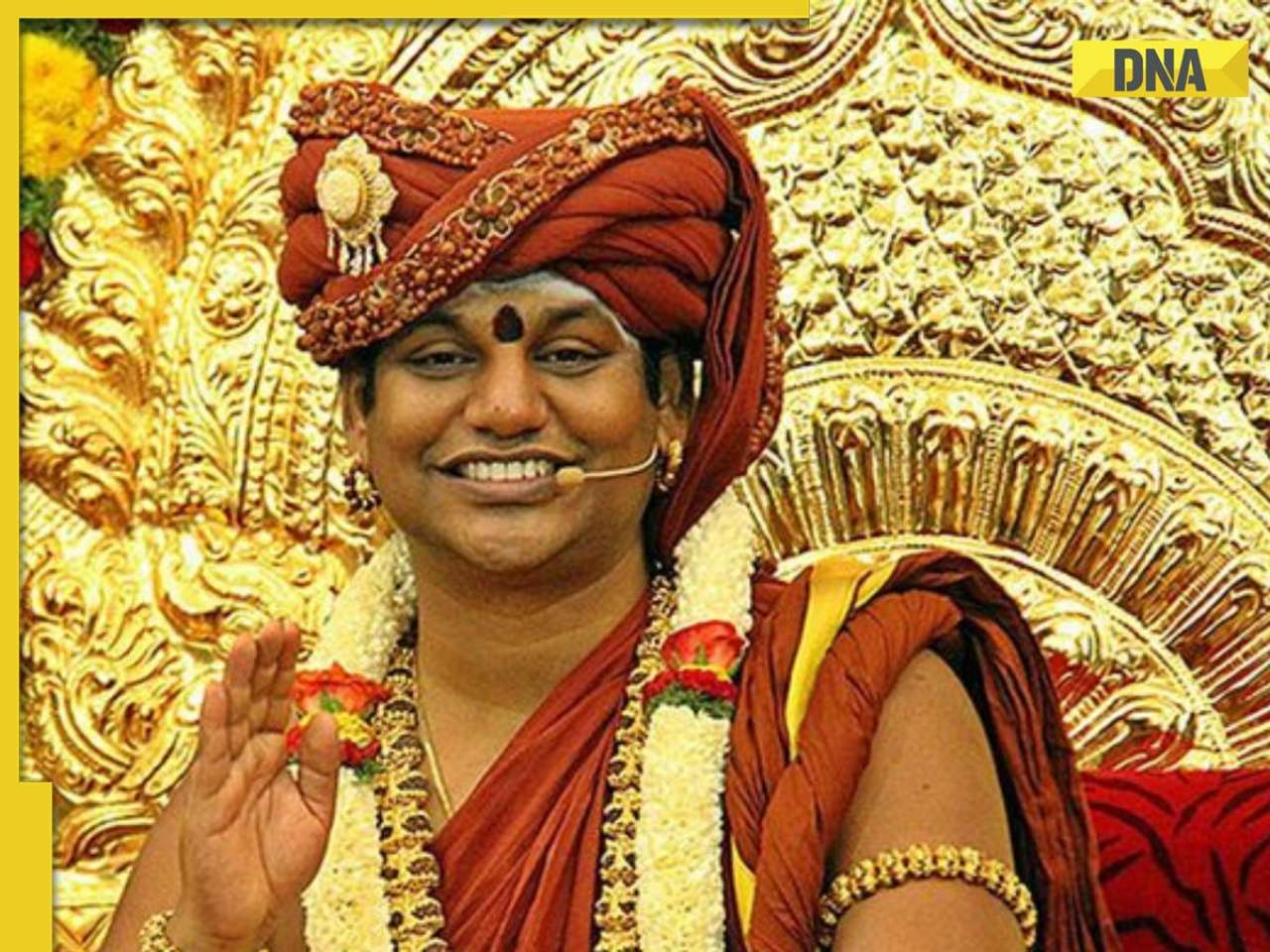 Who is Swami Nithyananda, fugitive accused of sexual abuse, claims to run a ‘borderless’ Hindu nation with...
Who is Swami Nithyananda, fugitive accused of sexual abuse, claims to run a ‘borderless’ Hindu nation with... Amid Trump's immigration crackdown, students from THESE two Indian states see highest US visa rejection rate in 20 years
Amid Trump's immigration crackdown, students from THESE two Indian states see highest US visa rejection rate in 20 years India, Sri Lanka ink defence partnership pact after PM Modi, President Dissanayake's meet: Here's all you need to know
India, Sri Lanka ink defence partnership pact after PM Modi, President Dissanayake's meet: Here's all you need to know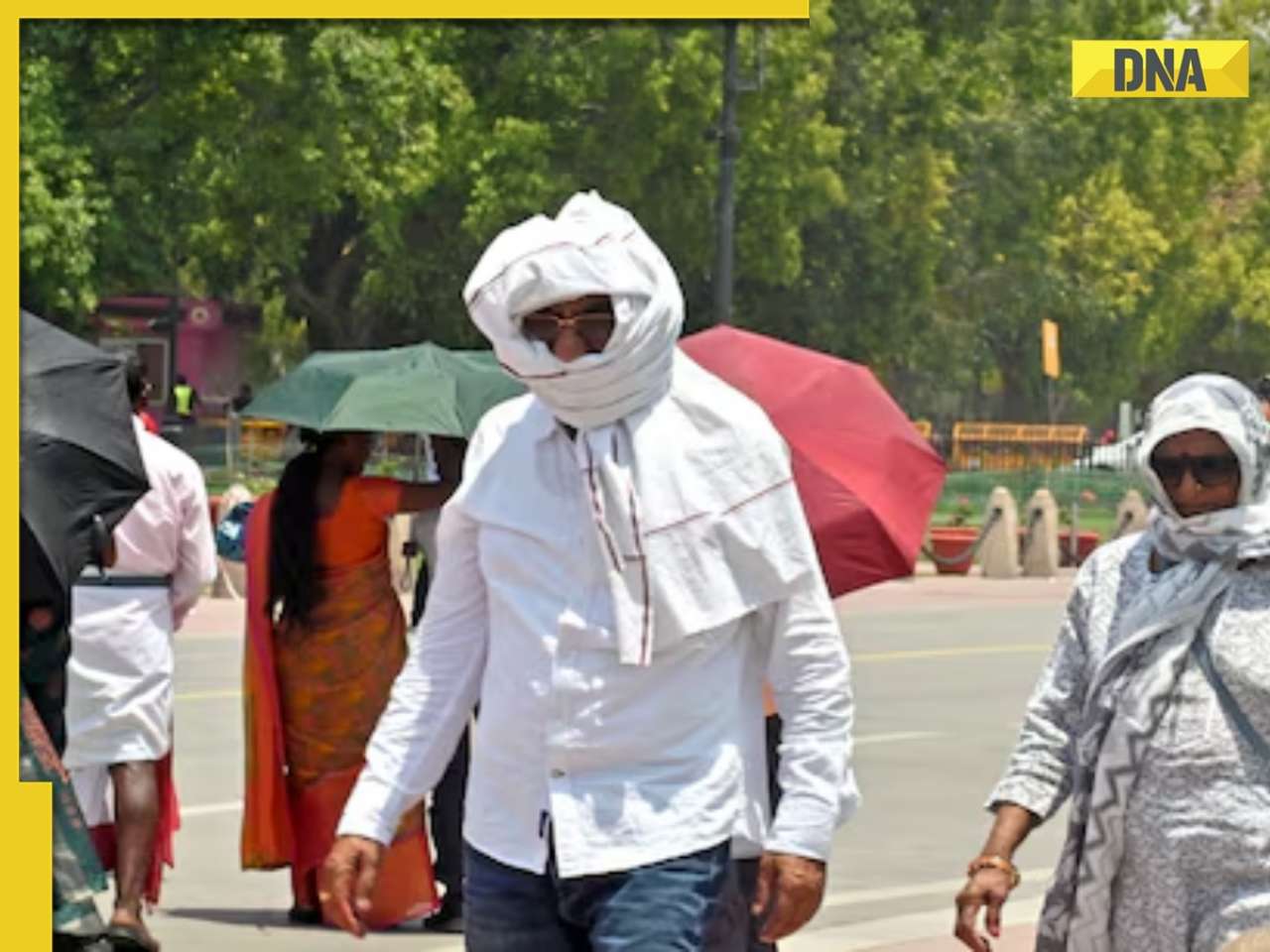 IMD weather update: Severe heatwave alert in Delhi-NCR, Uttar Pradesh, Rajasthan, Haryana and other states, maximum temperature to go up to...
IMD weather update: Severe heatwave alert in Delhi-NCR, Uttar Pradesh, Rajasthan, Haryana and other states, maximum temperature to go up to... Meet IFS officer, worked as economist in Africa, served as country economist in London, later cracked UPSC CSE with AIR...
Meet IFS officer, worked as economist in Africa, served as country economist in London, later cracked UPSC CSE with AIR...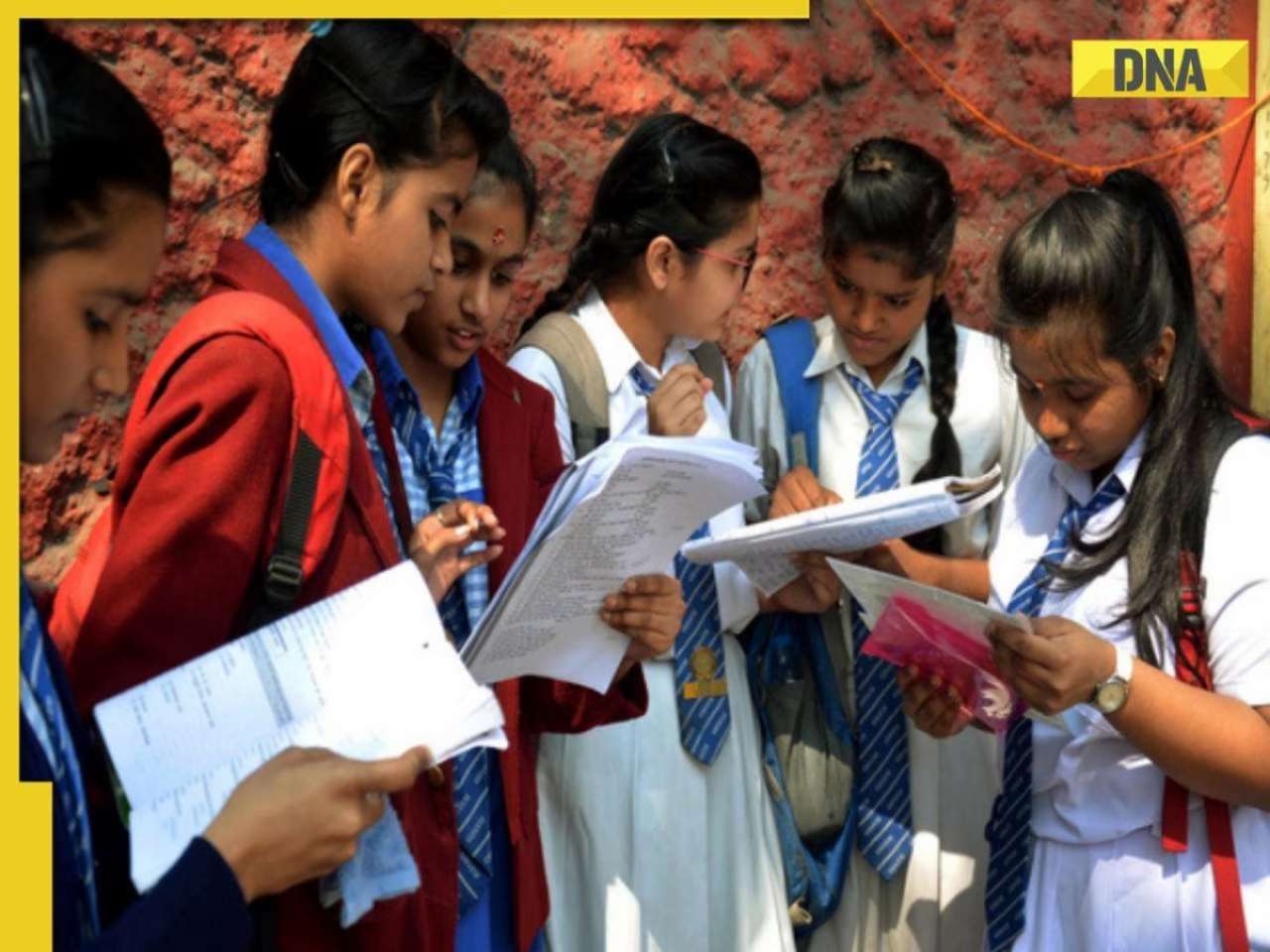 GBSHSE Goa Board Class 10 SSC Result 2025 date announced: Check time, steps to check
GBSHSE Goa Board Class 10 SSC Result 2025 date announced: Check time, steps to check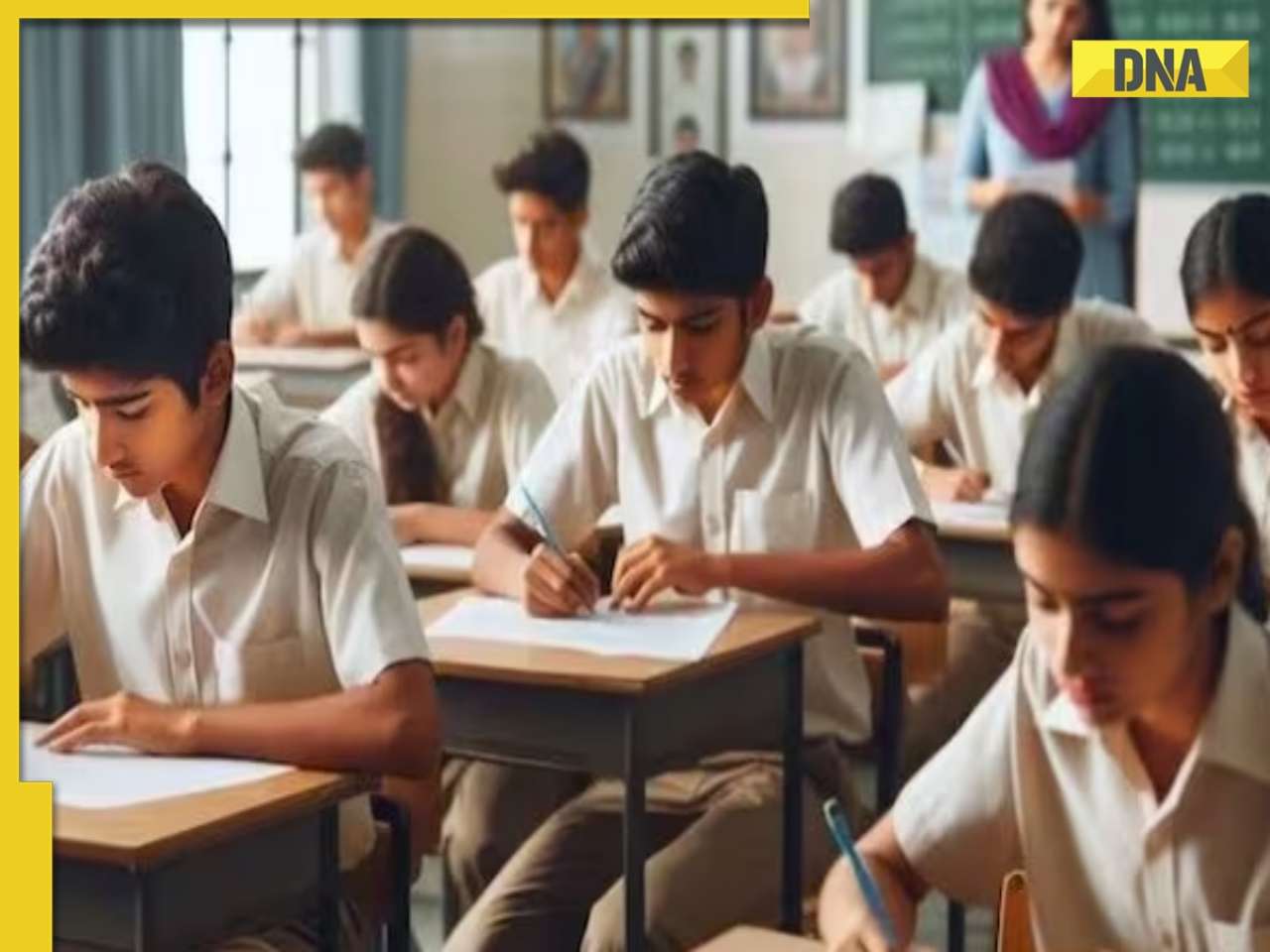 MBOSE SSLC Result 2025 DECLARED: Meghalaya Class 10th toppers list, pass percentage, scorecard
MBOSE SSLC Result 2025 DECLARED: Meghalaya Class 10th toppers list, pass percentage, scorecard Meet woman who failed to qualify for UPSC exam in her 1st attempt, later cracked IES exam with AIR 3, know how a backup plan turned her setback into success story
Meet woman who failed to qualify for UPSC exam in her 1st attempt, later cracked IES exam with AIR 3, know how a backup plan turned her setback into success story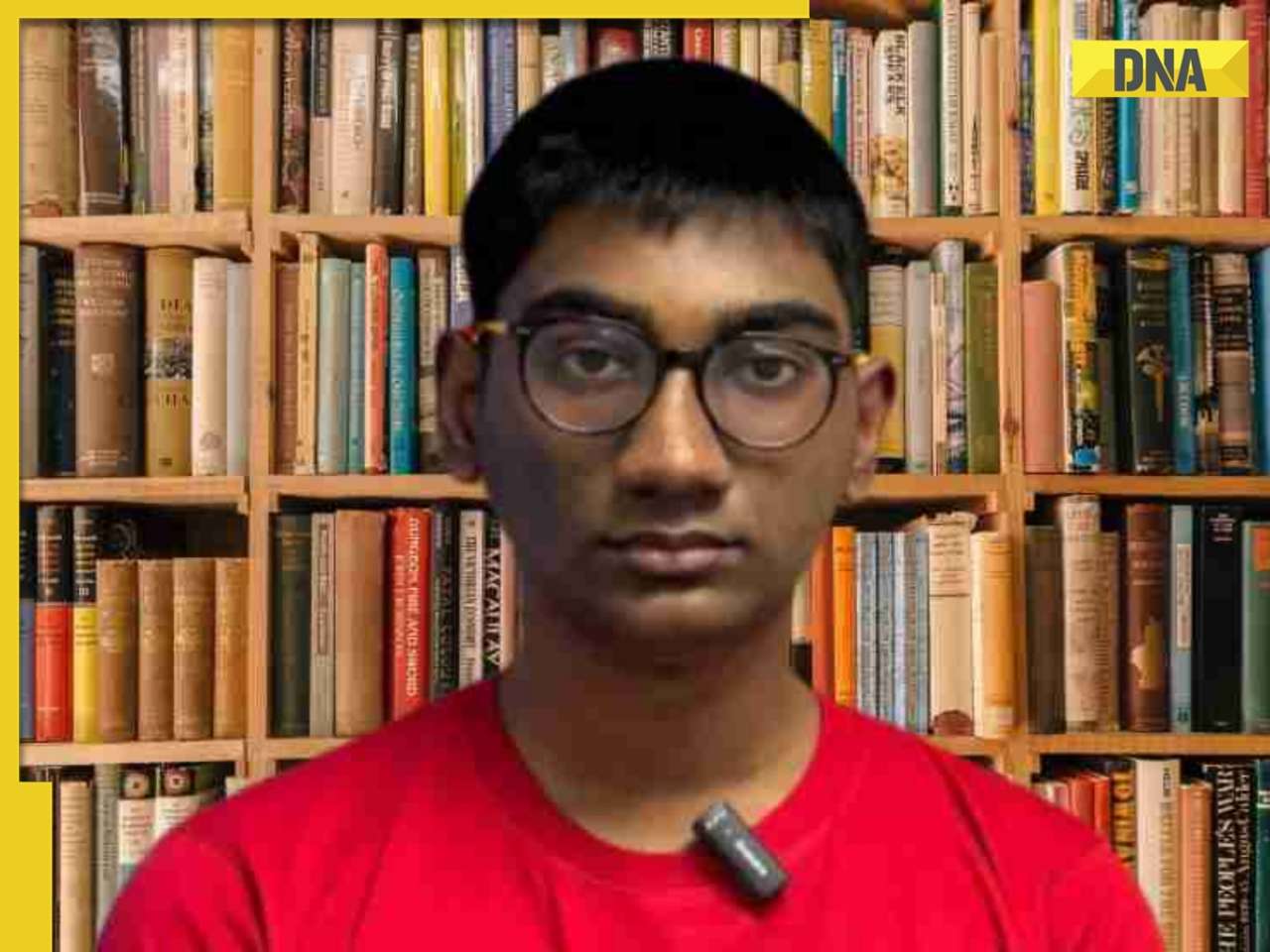 Meet IIT-JEE topper Pragyan Srivastav who scored 212/300 and 99.90 percentile with THIS unique study approach, it is...
Meet IIT-JEE topper Pragyan Srivastav who scored 212/300 and 99.90 percentile with THIS unique study approach, it is...




)
)
)
)
)
)
)
)
)
)
)
)
)
)
)
)

